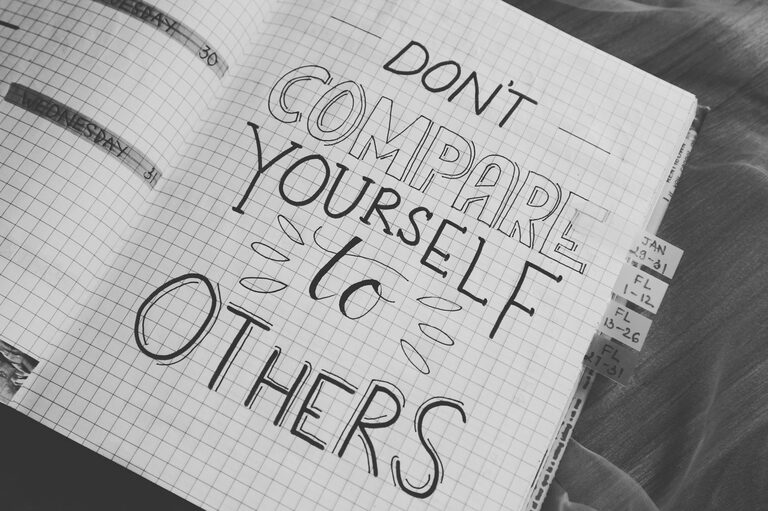Bullet journaling has become a popular way to organize daily tasks, track goals, and express creativity. Whether you’re someone who loves lists or just wants a simple planner, bullet journaling offers a flexible system customized to your needs. This beginner guide will walk you through the basics, help you set up your first bullet journal, and provide tips for making it a helpful habit.
What Is Bullet Journaling?
Bullet journaling — often called “BuJo” — is a customizable analog system that organizes your tasks, notes, and goals in one notebook. Unlike traditional planners, it’s not limited to pre-made pages. Instead, you create collections of lists, calendars, and trackers on the fly. The method was created by Ryder Carroll, a designer who wanted a simple way to plan while keeping things adaptable.
Key Features of Bullet Journaling
– Index: A table of contents for your journal pages.
– Future Log: A place to jot down upcoming events or tasks.
– Monthly Log: A calendar and task list for the current month.
– Daily Log: Day-by-day tasks, events, and notes.
– Collections: Custom lists or trackers, like reading lists or habit trackers.
What You’ll Need to Get Started
Starting bullet journaling is easy and doesn’t require special materials. Here’s what you need:
– Notebook: A dotted or grid notebook is preferred for flexibility, but plain or lined works too.
– Pen: Choose a pen you enjoy using; many prefer fine liners or gel pens.
– Ruler (optional): To create straight lines and neat layouts.
– Markers or colored pens (optional): For adding color or decoration.
The key is to keep it simple at first. You can always add more tools and techniques as you learn what works for you.
Setting Up Your First Bullet Journal
Here’s a step-by-step process to set up a basic bullet journal:
1. Number Your Pages
Numbering pages makes it easy to create and use your index.
2. Create an Index
Reserve the first 2-4 pages as your index. Leave space for adding topics and page numbers as you create new sections.
3. Add a Future Log
Divide a page or two into 6-12 boxes, each representing a month ahead. Use this to note important dates, deadlines, or plans.
4. Set Up a Monthly Log
Write the name of the current month at the top. List the dates in a vertical column (e.g., 1 – Monday, 2 – Tuesday), next to which you can add appointments or events.
On the facing page, create a task list for things you want to accomplish this month.
5. Start Your Daily Logs
Each day, create an entry with the date and jot down tasks, events, or notes. Use bullet points to organize:
– Tasks (•)
– Events (○)
– Notes (–)
Use simple symbols or signifiers to mark progress, such as:
– Completed (X)
– Migrated (>)
– Scheduled (<)
Symbols and Signifiers: Quick Tips
Developing consistent symbols helps to quickly recognize your entries. While these can be personalized, here’s a basic set:
| Symbol | Meaning |
|——–|——————-|
| • | Task |
| ○ | Event |
| – | Note |
| X | Completed |
| > | Migrated (moved) |
| < | Scheduled |
You might also add priorities (!), inspirations (*), or ideas (?), but keep it simple at first.
Personalizing Your Collections
One of the best parts of bullet journaling is adding collections tailored to your interests. Here are some ideas:
– Habit Tracker: Keep a grid with your habits and mark each day you complete them.
– Gratitude Log: Write down things you’re thankful for each day or week.
– Mood Tracker: Use colors or icons to track your emotional well-being.
– Books to Read/Movies to Watch: Keep tabs on your entertainment list.
– Goal List: Break down long-term goals into manageable steps.
– Meal Plan: Track meals and grocery needs.
Try out one or two collections at a time to avoid overwhelm.
Tips for Maintaining Your Bullet Journal
– Start Small: Don’t try to fill every page with fancy designs or a complicated system. The most important thing is to keep it functional.
– Review Regularly: Spend a few minutes each day or week reviewing and updating your logs. This keeps tasks and goals fresh.
– Be Flexible: If something isn’t working, change it! Your bullet journal should fit your life, not the other way around.
– Experiment with Layouts: Try different page setups—weekly spreads, daily logs, or thematic pages—to see what fits your rhythm.
– Add Creativity When Ready: Use stickers, washi tape, or doodles to make journaling enjoyable, but only if it enhances your experience.
Common Challenges and How to Overcome Them
– Falling Behind: It’s common to skip days. Try to journal at the same time daily, like in the morning or before bed.
– Feeling Overwhelmed: Simplify your system. Use basic logs before adding collections or decorations.
– Perfectionism: Remember, your bullet journal is for you—not for sharing. Imperfections are part of the process.
Final Thoughts
Bullet journaling is a powerful yet simple tool for organizing your life, capturing thoughts, and tracking progress. Starting may seem intimidating, but once you get the hang of it, it can become a valuable daily habit. Remember to keep your journal tailored to your needs, be consistent, and enjoy the process!
With this beginner guide, you have everything you need to start your bullet journaling journey. Grab a notebook, pick your favorite pen, and begin organizing your days in a creative and effective way.
Happy journaling!

